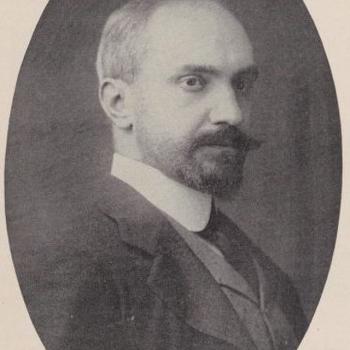Resilience, positive emotions, compassion, gratitude, and other inner strengths lower stress, grow well-being and effectiveness, and heal anxiety and depression. Like any other mental capability, inner strengths are supported by structures in the brain. So, how can a person develop the neural networks that support inner strengths?
Through what’s called “experience-dependent neuroplasticity,” the main way to develop inner strengths is to have experiences of them; repeated feelings of gratitude make a person more grateful. As neuroscientists might say, positive neural traits are built from positive mental states.
But here’s the problem: the brain is bad at learning from good experiences but good at learning from bad ones. In a scientific paper famously titled Bad Is Stronger Than Good, Roy Baumeister and colleagues listed many ways that the human brain has a “negativity bias.” We continually look for negative information, over-react to it, and then quickly store these reactions in brain structure. For example, we learn faster from pain than from pleasure, and negative interactions have more impact on a relationship than positive ones. In effect, our brain is like Velcro for the bad but Teflon for the good. (See Further Reading below for more information.)
This suggests that many of the positive experiences we have in everyday life or in formal trainings are not converted into neural structure: they feel good in the moment but have little lasting value. This negativity bias kept our ancestors alive in tough conditions, but now it’s a “bug” in the Stone Age brain in the 21st century: a bottleneck that blocks good experiences from becoming inner strengths built into neural structure.
The Taking in the Good Course
To address this problem, Dr. Rick Hanson developed the Taking in the Good Course (TGC): six 3-hour classes that combine experiential exercises, presentations, discussion, home practice, and readings. Participants learn how to turn passing experiences into lasting inner strengths through the four step HEAL process: Have a positive experience, Enrich it, Absorb it, and (optional) Link the positive experience to negative material in order to soothe and even replace it. They apply these skills to positive experiences in everyday life, using one or two dozen seconds to take in a moment of relaxation, a sense of accomplishment in finishing a task, or the warmth in a friend’s smile.
During the course, participants “take in the good” (TG) to develop greater overall well-being, as well as to internalize the key resource experiences that address personal issues of stress, anxiety, irritation, frustration, loss, blue mood, loneliness, hurt, or inadequacy. The course aims at three kinds of benefits: (1) growing specific inner strengths; (2) developing the qualities implicit in TG (e.g., kindness toward oneself), and (3) increasingly sensitizing the brain to positive experiences.
Research Findings on the Course
In a pilot study, a battery of psychological tests was administered before and after the course the first two times it was offered (see List of Tests below.) After taking the course, people reported significantly:
• Less anxiety and depression
• More savoring and enjoyment of life, and more gratitude
• Greater mindfulness and better self-control
• More love and self-compassion, and higher self-esteem
• More positive emotions and fewer negative ones
• Greater overall happiness and satisfaction with life
Rick Hanson, Ph.D.
Overview
The Taking in the Good Course – six, 3-hour classes combining presentations, experiential activities, and written materials – teaches participants how to turn passing experiences into lasting inner strengths. The preliminary (not yet peer-reviewed) findings in a recent study conducted in collaboration with faculty from UC Berkeley and UC Davis indicate that people who completed the Taking in the Good Course experienced significantly less anxiety and depression, and significantly greater self-control, savoring, compassion, love, contentment, joy, gratitude, self-compassion, and overall happiness.
Learn more HERE.
The post Preliminary Findings on the Taking in the Good Course appeared first on Dr. Rick Hanson.















